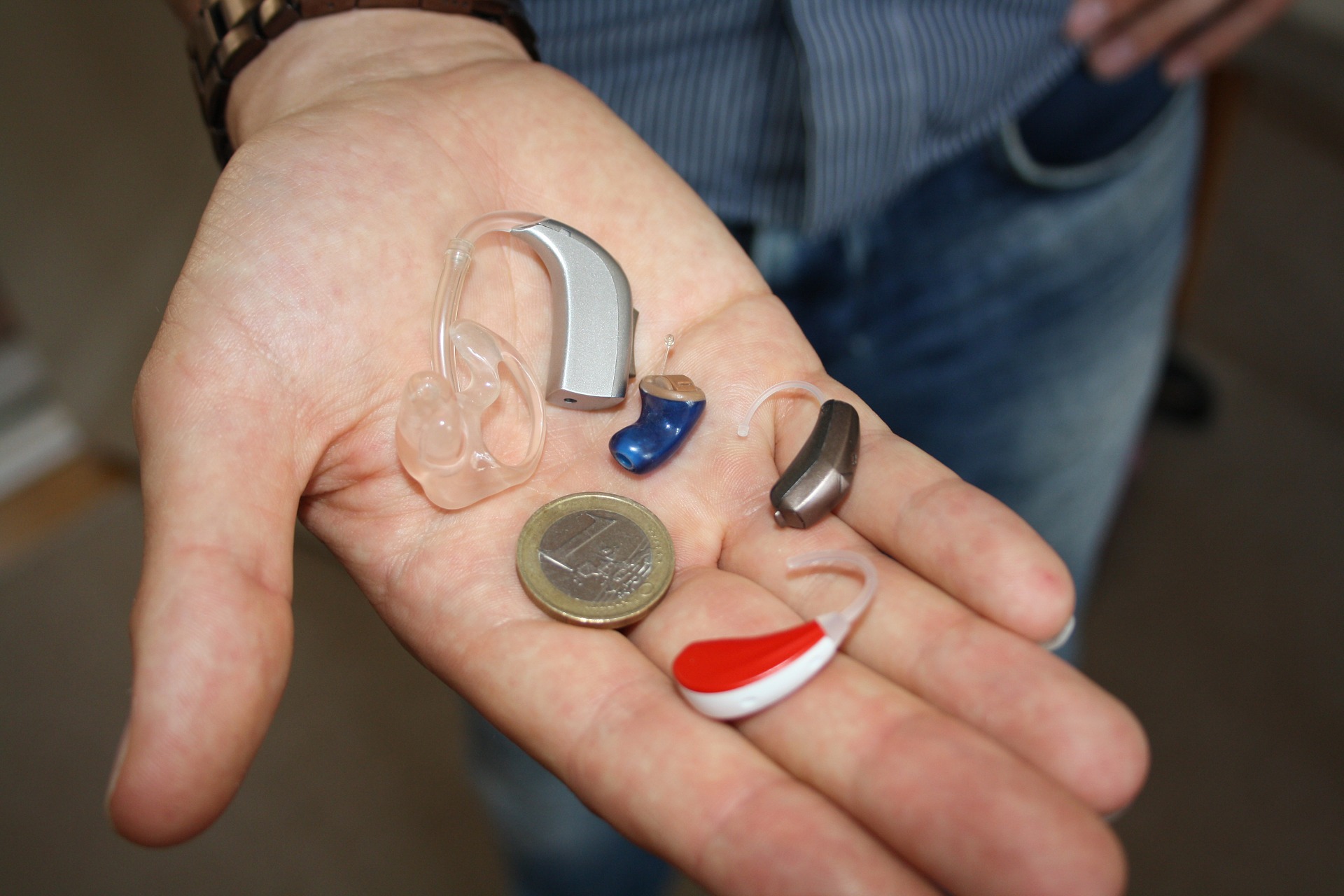Hearing aids are electronic devices worn in or on the ear to help a person who has hearing problems to hear well. They are small and can be worn inside or behind the ears.
As much as wonderful devices they are, they cannot restore normal hearing. They can only help to improve the hearing experience of an impaired person. However, they also have their side effects or drawbacks like normal devices.
Hearing Aids Complications
1. Discomfort
Choosing the wrong configuration type or style of hearing aid might lead to discomfort. A loose-fitting hearing aid may be uncomfortable for the person using them and can lead to some degree of soreness in and around the ears.
This can be solved by meeting with your audiologist or getting a hearing aid with a secure and better fitting design.
2. Feedback Noise
Some hearing aid picks up wind noise and other disturbances like crackling sound, whistling, and sends it as feedback to the hearing aid. It is possible for the hearing aid to also make loud sounds when chewing specific foods such as popcorn or around some electronic devices that may cause interference with the hearing aid signal.
There have also been complaints from customers about sound quality not being acceptable. Lack of clarity in sounds and aversion to the sound of their voice.
There were other complaints such as:
- Uncomfortable sound
- Sound of crickets
- Unnatural
- Distorted
- Slight hiss
- Tinny
- Picks upwind
- Chewing, and swallowing noise
- Poor fidelity
- Hollow sound
- Aversiveness of sounds (running water, sharp sounds)
3. Headaches and Tinnitus
Imagine a loud sound entering the hearing aid is being amplified; this will even lead to a higher level of sound that may cause severe pain in the ears, headaches, and even tinnitus.
Setting the internal controls of hearing too high causes this kind of problem. It is advised to properly adjust your loudness level limiter or consult your audiologist.
4. Improver sound level and poor sound quality
As hearing aid is designed to pick up both high intensity and low-intensity sounds, it is necessary to buy one that is suitable and peculiar to your hearing problem.
“The high-intensity sound may be amplified making the hearing aid to give screeching sound which can be annoying and harmful to the ear, while the low-intensity sounds might not be able to be picked up by the device”.
It is necessary for you as a user to adjust your hearing aid according to the level of your hearing loss to avoid harming your ear. Some people that purchased complained that hearing aids specifically do not help them in noisy situations and that the instruments provided no benefit in these situations.
5. Further damage to the ear of severely hearing impaired
It is possible for the severely impaired not to benefit from the use of hearing aid in the long run as they do not have a higher threshold of pair to bear uncomfortable levels of sounds.
As lower-level sounds may not be audible to him, highly amplified sound levels can cause further damage and even loss of residual hearing in the worst-case scenario.
6. Irritation and soreness
In a situation whereby a hearing aid is badly fitted, it causes discomfort. A digital hearing aid that is too tight may cause skin irritation, soreness, and generally a discomfort to the use.
A loose hearing aid can slip or slide off. A badly fitted device can interfere with the sound a user hears and create more or inaccurate feedback. It is necessary that one puts on his hearing aid carefully and properly.
Other negative effects are ears that hurt, too much pressure in the ears, blisters in ears, rashes in ears, itching ears, dizziness, makes them nervous, ears that sweat, wax build-up in the ear canal, headaches, hair gets caught in hearing aid, infections in-ear, problems chewing or swallowing, plug up ears.
7. High price and cost
“Hearing aids are costly with top of the line brand new models costing up to $2000 per pair”.
Most people having hearing problems cannot afford this expensive cost or find it difficult to replace their damaged hearing aids.
8. Maintenance Issues
Replacing the bad or damaged part of the hearing aid comes at a price most times.
“Some of the hearing aids have a replaceable battery that you have to replace often and other key parts of the device when it is damaged”.
Another situation is that the battery life is too short so you have to charge it often if it is rechargeable or get a replacement.
It must be noted that advancement is needed in the area of hearing aids. Over the last few decades, the big push with hearing aids has been to make them smaller. It must be admitted that this has been accomplished rather well and that the next big push needs to be in improving performance.
Increase the performance of hearing aids
Ability to interface with other devices such as radio, cell-phone, computer, and WIFI. Present technology in many hearing aids uses clunky FM or noisy AM t-coil systems rather than contemporary Bluetooth or Wifi interfaces.
“Although recently, blue-tooth is available in some high-end aids. Few brands of hearing aids can be configured through smart-phones as well”.
Hearing aid multisensory convergence: A hearing aid add-on that would also put up a visual display of a speech recognition system. That is, to have something similar but smaller than the system that legal secretaries use already.
Both of these will be a huge advantage in improving the performance of hearing aid systems.



